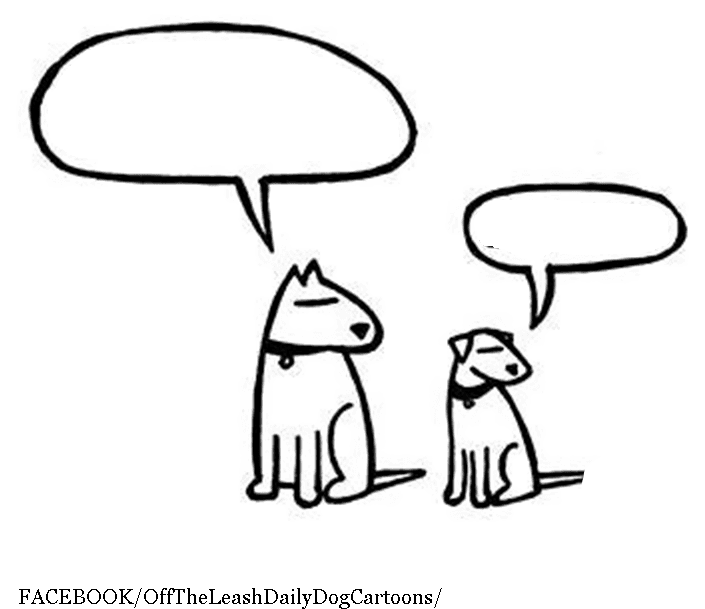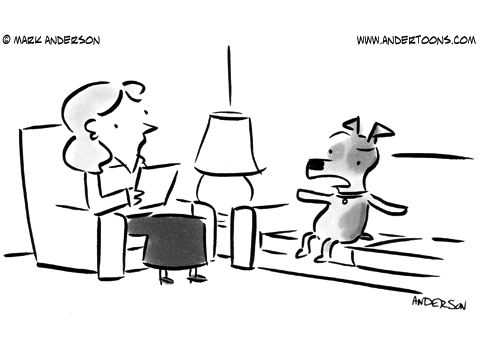This module is a collection of theoretical exercises from all other modules that introduces the student to various terms like biosociopsychology, zoosemiotics, ethology etc... It requires the students to not just understand these terms, but also understand how we are using these concepts in our way of dealing with dogs.
- Admin/Tutor: Sindhoor Pangal
In this unit, you will learn the basics of the pulse of an organism, understand it first in the context of humans, then in the context of dogs and develop an understanding of why pulse is significant. It’s the smallest and simplest of the units, since it’s the first one and you are given rather simple tasks here. You are introduced to most types of learning activities we use, including quizzes, short answers, essays, retrospectives for practicals, analyzing other’s studies, doing your own, analysis and application. It all sounds a bit of a mouthful, but don’t worry, we are here to guide you along the way. Just start at Task 1 and work your way from there.

This is our flagship unit that sets us apart from all other courses. It's the biggest unit in the entire diploma and a student is required to complete it very early in our program, since communication is the foundation of everything we do. Here you will learn how to use your body language to communication with animals. You will conduct several studies to understand how animals inherently respond to your body language and how to improve to communicate more effectively with them. You will also sharpen your ability to read animals and what they are saying to each other or you. Communication is an art that can keep getting better and better each day you use it. Your learning does not stop after this unit. Instead, this unit sets you up with the tools to self evaluate and improve on your own skills for the rest of your life.

An animal that is not calm, is not using the full potential of it's mind to take good decisions. As you must already be aware, when dogs live with humans there are some unique stressors we bring to their lives. This often makes animals in contact with humans to have some characteristic behavioural problems. In this unit, you will take a deeper look at this concept, starting with understanding what exactly stress is and what it does to the body and mind. You will take a deeper look at chronic stress in humans and consequently in the lives of companion animals, conducting studies of your own to understand the depth and impact of this issue on a dogs life. You will also explore different ways of calming animals down and managing stressors, specifically in the context of animals that live alongside humans. This coupled with good communication, we believe is the key to a harmonious relationship between humans and animals and is hallmark of the BHARCS way of approaching anything related to animals - "get them to calm down and learn to talk and listen to them".

While most of us get into this profession because we love working with animals, animals unfortunately live in a world that is heavily controlled by humans. So, if we are to make any meaningful difference to animals, we cannot ignore the human component of it all. To be change agents for dogs, you must become their advocates to humans, through the work you do. But, often dealing with people is not as easy as dealing with animals. Conflicts, ignorance, egos, mind blocks, budgets etc...come into play. We also need to consider all the additional work that needs to go into making our work visible and accessible so that people know how to reach out, how to ask for help on behalf of the animals they care for and we must know how to keep our initiative alive, if we are to do this in a sustained way. While our core skill may remain working with animals, dealing with people, planning, marketing, budgeting etc...are all complementary skills one will need and that is what this unit does, to round up your education.

